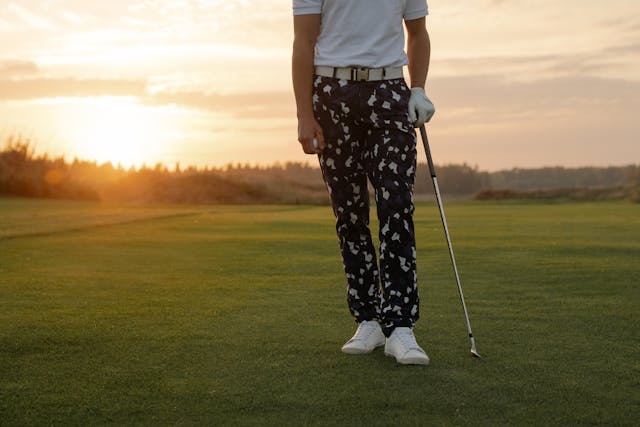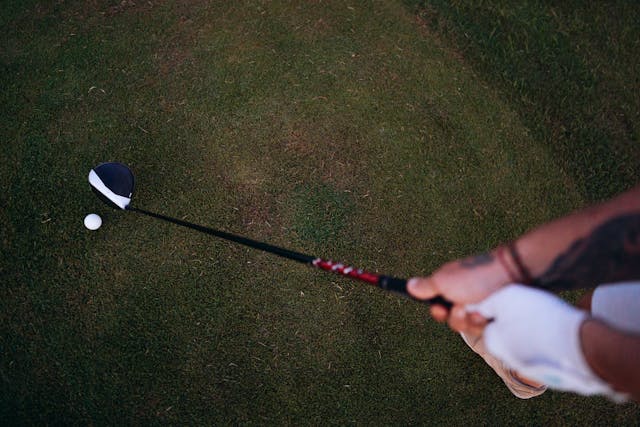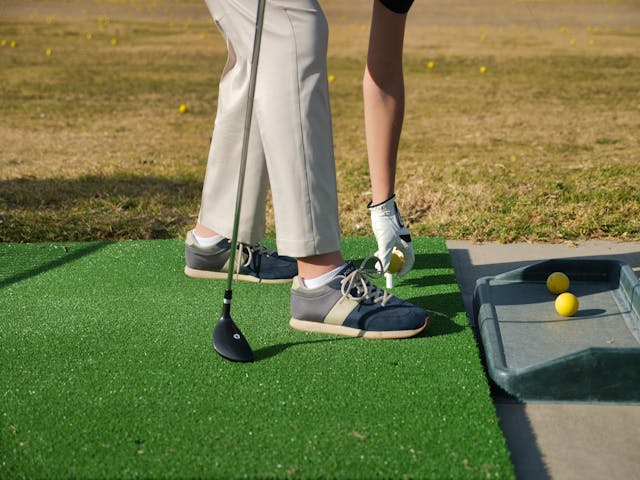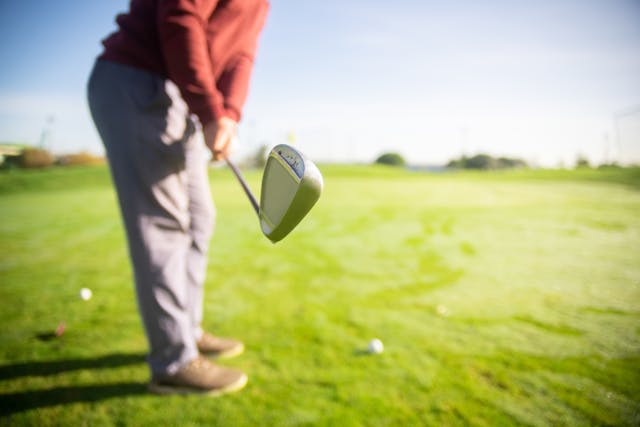
|
The finesse of a golfer's short game often determines their score on the course more than any drive off the tee.
Mastery of chipping and pitching can significantly reduce the number of strokes per round, highlighting their critical importance. Understanding the role of wedge bounce is integral to refining these aspects of the short game.
This article delves into the concept of wedge bounce, its influence on shot outcomes, and how selecting the right bounce can enhance your chipping and pitching techniques.
Section 1: Understanding Wedge Bounce
Definition and Components
Wedge bounce refers to the angle between the leading edge of the wedge, the ground, and the trailing edge when the club is in its address position. It's a design feature that dictates how a club interacts with the turf during a shot.
The main components include the bounce angle, leading edge, and trailing edge, each playing a crucial role in the club's performance during a swing.
The Physics Behind Wedge Bounce
Bounce affects the club's ability to glide through the turf or sand without digging in.
A higher bounce angle typically prevents the club from digging into soft ground, making it ideal for sand shots or lush grass, while a lower bounce is better suited for tighter lies and firmer playing surfaces.
This dynamic significantly influences club selection and swing technique. For those interested in further exploring the nuances of wedge bounce and its application in-game scenarios, The Left Rough offers an in-depth look at “Short Game Made Easy: What You Need to Know About Wedge Bounce.” Their comprehensive guide sheds light on practical tips and insights that can help golfers of all levels make informed decisions about their equipment and improve their short game.
Section 2: The Impact of Bounce on Chipping and Pitching

|
Bounce selection is paramount for executing successful chips and pitches, especially when considering the variety of playing conditions golfers face.
Soft conditions benefit from wedges with a higher bounce to prevent the club from excessively digging into the turf. Conversely, firm conditions favor lower bounce wedges that can cut through the surface more effectively.
Understanding the relationship between bounce, turf interaction, and playing conditions allows golfers to make informed decisions that improve shot outcomes.
Section 3: Choosing the Right Wedge Bounce for Your Game
Selecting the appropriate wedge bounce involves several factors, including your swing type (steep vs. shallow), attack angle, and the typical conditions of the courses you play.
Golfers with a steep attack angle generally benefit from higher bounce wedges, as these help mitigate the impact of the club digging too deeply into the ground.
Medium and low-bounce wedges suit players with shallower swings or those who often play on firmer turf.
Matching wedge bounce to your playing style and usual course conditions are essential for optimizing performance.
Section 4: Techniques for Effective Chipping and Pitching with Various Bounce Settings

|
Adjusting your chipping and pitching techniques based on the bounce of your wedge can significantly enhance your control and consistency.
Practice with different bounce settings to understand their effects on shot quality.
Learning to modify your approach based on the wedge you're using can provide a strategic advantage in the course.
Observing professional golfers and how they utilize bounce in various conditions can also offer valuable insights.
Section 5: Common Mistakes and Misconceptions
Many golfers overlook the importance of bounce, leading to poor club selection and ineffective shots.
A common misconception is that bounce is only relevant for bunker shots when, in fact, it influences all types of shots around the green.
Selecting a wedge with an inappropriate bounce for your needs can lead to challenges in executing effective short-game shots.
Section 6: Maintenance and Equipment Check

|
Regularly checking your wedges for wear and ensuring the bounce characteristics remain consistent is crucial.
Worn grooves and changes in bounce angle can subtly affect performance over time. Keeping your equipment in top condition helps maintain consistency in your short game.
Conclusion
Wedge bounce plays a pivotal role in chipping and pitching, affecting everything from club selection to shot outcome. By understanding and utilizing wedge bounce effectively, golfers can significantly improve their short game.
Experimentation and Professional fitting are highly recommended to find the optimal wedge bounce for your style and conditions. Embrace the nuance of wedge bounce in your pursuit of short-game mastery, and watch as your scores improve on the course.
As you refine your short game and begin to see improvements on the course, you might also be looking to deepen your understanding of golf or even start your journey in this fascinating sport.
For those eager to learn more or take the first step, our guide on How to Get Into Golf offers practical advice, from choosing the right equipment to understanding the basics of gameplay. Whether you're a seasoned player looking to brush up on your skills or a newcomer eager to take your first swing, this resource is designed to set you on the right path.







